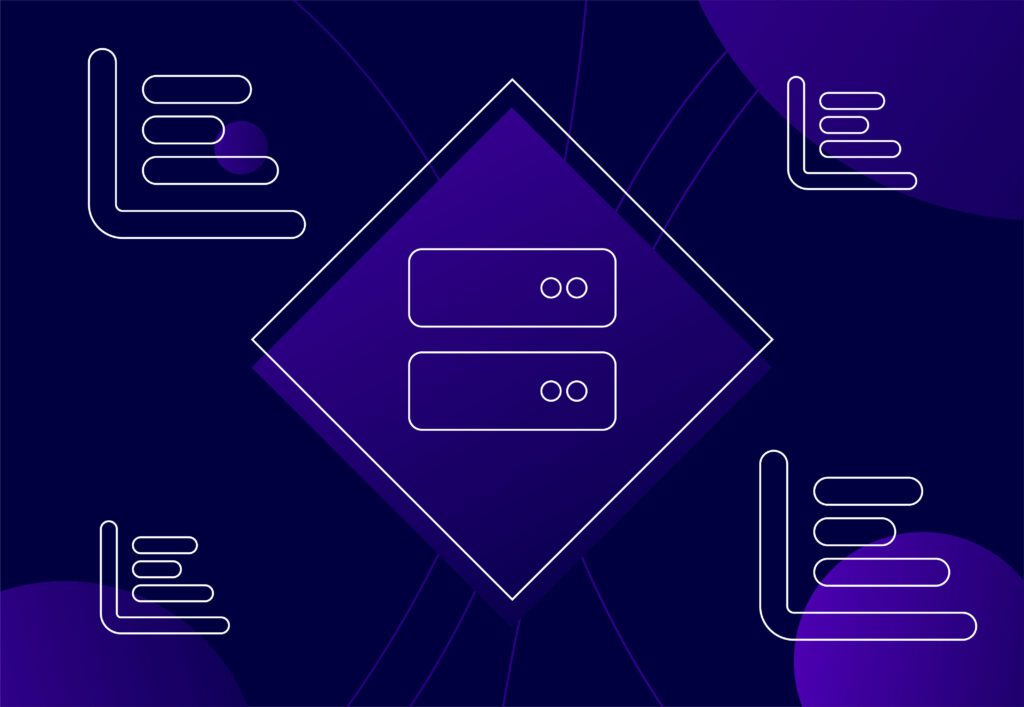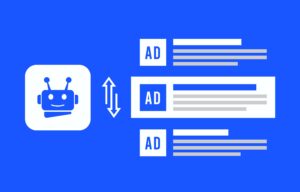
Using Automation Within PPC

Automation can be a game changer for your PPC strategy. Not only can it help with automated bidding strategies, it can additionally save PPC consultants lots of time by doing some of the heavy lifting.
Time is one of the most valuable currencies, and it’s so important to try and limit its waste. Automation makes this possible. Saving time can mean remarkable results for your conversions and ROI. Combining the effort of PPC consultants with the tools and tricks of automation can lead to improved results with no wasted time- what’s not to love?
So what can automation do for your PPC? Our blog can help you get the most out of its benefits. Learn what it is, how it looks in PPC, and how you can use it successfully. Let’s get started.
What is automation and how can it look in PPC?

Automation is simply handing over the reins to the technology, letting the algorithms guide the direction of your campaign. The machine can take over those tedious tasks, saving you time and allowing your attention to be invested elsewhere. Using automation can also help set your goals, allowing for specific approaches to be taken within a campaign.
Automation in PPC involves specialised software and programmes that can optimise your ad campaign and also manage it. The tools use extensive, accurate data to make judgements for things like keywords and ad spending. With this, overall efficiency is improved, and the opportunity to scale your campaign increases.
There’s no one way that automation is used in PPC. In fact, there can be several different options. Go for whatever works best for your campaign. We’ll take you through some of the ways that automation can look in PPC advertising:
Automated bidding strategies
Perhaps the most obvious use of automation is for auto-bidding strategies. With this kind of bidding, you set the bids for your ads automatically based on performance elements. This can in turn avoid under or over-bidding while also making campaign management much easier.
Allowing automation to handle your bidding can potentially avoid those inconsistencies made by human error. Manually tracking every bit of performance across your campaign to then set a bid would be extremely tedious and time-consuming. But for automation, this is no challenge. It takes the performance data collected over time to adjust the setting of the bid.
Ad optimisation
Automation can help with something called ‘responsive search ads’. These are those ads that adapt to show more relevant messages to a customer. The algorithm will take any ad variations you give it, rotate them, and then show the ones that are best performing.
Best performing ads are those that have the highest engagement and highest CTR (click-through rate). The algorithm will also calculate and show you how well your ad is performing, letting you know if any changes should be made.
Another type of ad that can be helped by automation are dynamic search ads. These types of ads are based on the user’s search query, and so are dynamically generated to match the user’s search to the most relevant text. This type of automation gives more insight into how customers actually search and increases your traffic via different search terms.
Testing and experimenting
Another useful way to utilise automation is through testing and experimenting. By running tests, such as an A/B test, you can see which ad is the most successful. You can put two ads to the test that have variations (such as different ad copy) and see what resonates best with the audience. From the results, you know which you should be displaying on the SERPs.
Trying to set up tests manually is bound to take lots of time and is prone to errors. The search engine’s algorithm will display the outperforming ad, and can also input scheduling so the human doesn’t have to manually perform the test each time. All in all, automation in testing and experimenting allows for more accurate data collection and analysis of this data.
How to use automation successfully

Remaining patient is key. Automation needs accurate sets of data for changing the algorithm, and this can take two weeks or more to gather. Setting realistic goals is also a start and this makes the most of the budget you have. Keep an eye on your budget while also reassuring a client of the intent behind the learning period of automation.
Choosing the right tools for your goals is vital. Automation is supposed to help your strategy, not hinder it. Regular monitoring also helps you to check that the automation is performing the right tasks with the right data in place.
Don’t push away the role of the human
Despite the effectiveness of automation, it’s important to remember that human input is still needed. A combination of both human effort and machine is the best balance. Humans still need to monitor and input all the right data into the algorithm as opposed to just putting automation on autopilot. While machinery has developed in its cleverness, inaccuracies can still happen- it’s best not to just rely on this alone.
At Embryo, we understand how automation can significantly help a campaign. We boost the effectiveness of campaigns with tailored auto-bidding strategies that achieve the results you want for your business. Want to know more? Get in touch with our knowledgeable PPC experts.
